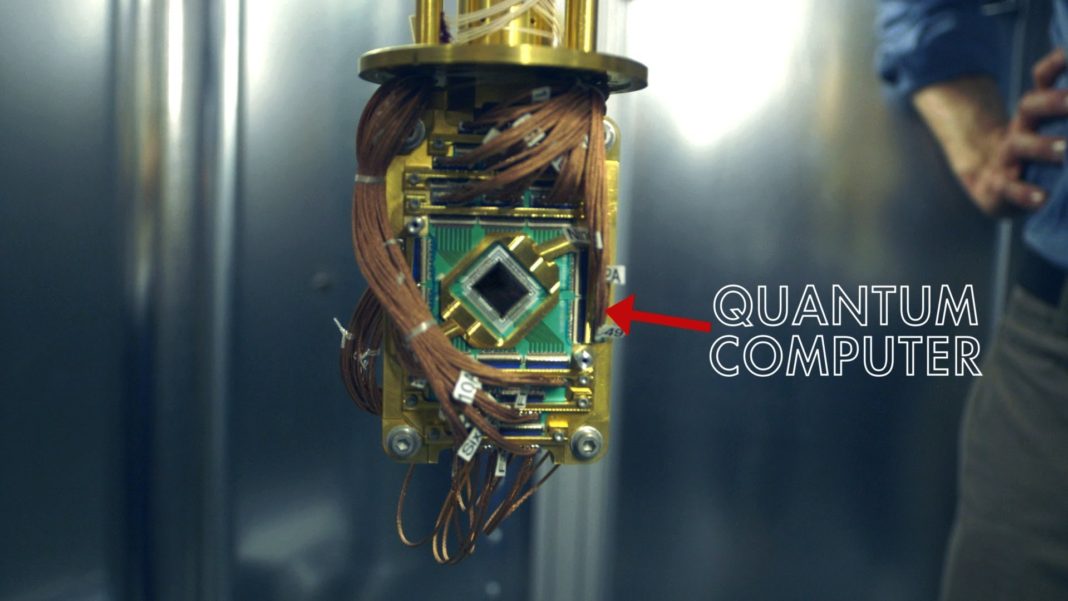The Google Lunar XPRIZE competition was launched back in 2007 and was devised in order to find the world’s most inventive, talented individuals that would be able to create a spacecraft that could land on the moon. The first place winners of the competition will be awarded $20 million, with the second place winners receiving $5 million. A further $5 million is also reserved for interim prizes to be issued along the way.
This is not the first competition of its kind, and back in 1919 hotelier Raymond Orteig offered $25,000 to whoever could be first to fly non-stop between New York and Paris. After several unsuccessful attempts, Charles Lindbergh finally succeeded in 1927, making him very famous indeed. Another similar contest was the Ansari X Prize created by entrepreneur Peter Diamindis in 1995. The prize for winning this contest was $10 million to the first team to launch a craft into space twice within two weeks. Almost ten years later, on the 47th anniversary of the Sputnik 1 launch, the prize was claimed by SpaceShipOne.
Now, in its 10th year since the competition launched, two teams look like they may be competing for the number one place, and they are an American team, Moon Express and Israeli team, SpaceIL. Both teams have been given until December 31st, 2017 to complete the mission and launches will be carried out during sometime next year. Both spacecraft have been built with technology that will allow them to hop along the moon’s surface using rocket power rather than drive across it like a rover.
The MX-1 spacecraft designed by Moon Express has unveiled three years ago and has already been awarded two XPRIZE Milestone Prizes that are worth a whopping $1.25 million for its landing hardware and camera. It has been designed with flexibility in mind. Israel’s SpaceIL spacecraft has been designed where every part is multifunctional and is currently situated in Tel Aviv’s Ben Gurion International Airport.
So, as both teams work hard to put together the finishing touches for next years launch tensions rise. Who will be the winner is yet to be seen, but one thing that is likely is that if either of the missions is successful, then we will be seeing more of this technology coming our way very soon.
More News To Read
- The U.S. Government Will Invest $4.5 Billion to Build Electric-Car Charging Stations For Anxiety-Free Driving
- Go Green This Summer With These Energy Efficient Upgrades
- Ten jobs that A.I. and chatbots Will Take Over
- Is the Oil Industry About to Collapse Altogether After The Coal Industry?
- Could Robots Replace Medical Workers?










